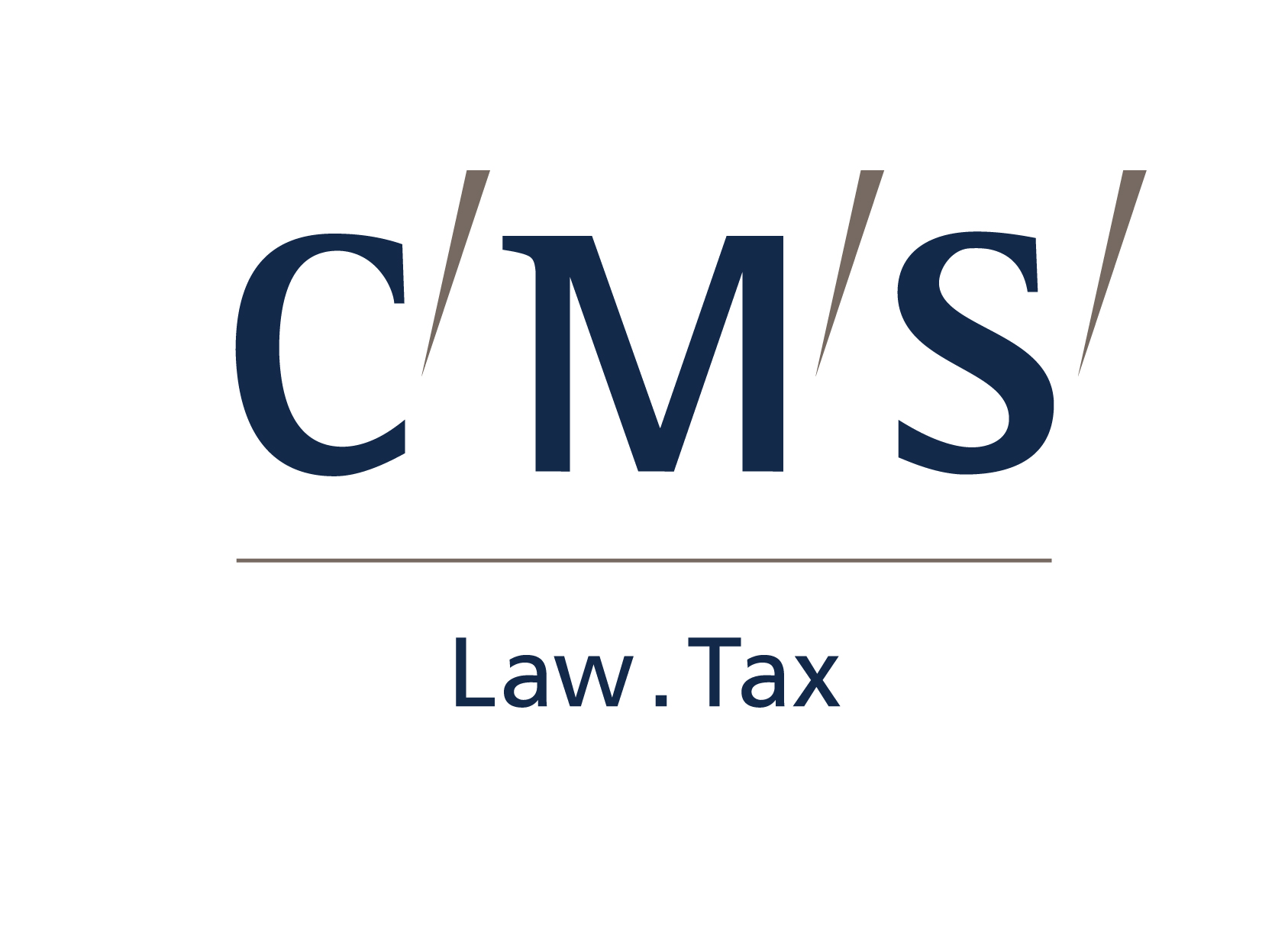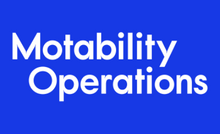Of all the diversity strands disability is typically the last one employers focus on as it is seen to be the hardest and where they lack the most confidence. However, with 21% of the working age population having a disability it is no surprise that an increasing number of employers are recognising and valuing the talents that disabled individuals can bring to the workplace and focusing on becoming a disability inclusive organisation.
Providing evidence & demonstrating commitment for Disability Confident Leadership
The UK Government Disability Confident scheme is an accreditation scheme which aims to help employers make the most of the opportunities provided by employing disabled people. The Disability Confident scheme has 3 levels that have been designed to support employers on their Disability Confident journey.
Retention is just as important as recruitment when it comes to disability employment
If your recruitment is slowing with the current uncertain economy, now is the perfect time to focus your attention on the retention element of disability employment and to review how you support and develop disabled employees to encourage them to stay. This will not only benefit your current disabled employees as well as other non-disabled employees who may become disabled whilst working for you, it will make you even more attractive to any future disabled candidates.
5 areas of your recruitment process to review to ensure disability inclusion
Few employers still need convincing of the talent that exists among disabled individuals, with most organisations aware that to overlook this talent pool is to miss out on bright, motivated and able individuals. Instead, the challenge lies in what it actually means to have an inclusive resourcing process? And how can recruiters be certain that this is the case in their organisation?
Progressing the UK Government’s Disability Confident Scheme with MyPlus
Most employers in the UK will have either heard of the UK Government’s Disability Confident Scheme or are already progressing through the 3 Levels of the scheme. Many will have signed up because they feel it is the right thing to do and some will have done so as they see the value, strengths and skills that disabled individuals can, and probably already are bringing to their organisation.
Collaboration is key: disability and employment
With the 25 year anniversary of the introduction of the DDA fast approaching, questions will be no doubt be asked about how effective it has been.
When it comes to employment, the facts are stark: there are 7.6 million disabled people of working age in Britain, of whom 51.5% are in employment, compared to 81.7% of non-disabled people. This suggests that, whilst progress has been made, there is still much work to be done. But what is it that needs to be done, and who needs to do it? Read more
Disability and employment at No.10: The Government’s role in effecting change.
It’s not every day that I am invited to No.10. In fact, it’s fair to say, it has never happened before, and I was therefore somewhat excited, and indeed a little daunted, by the prospect. I was invited to meet Jean-André Prager who has recently been appointed as the Prime Minister’s Specialist Adviser on disability issues, and who wished to discuss disability employment matters with me…












































